
The cost to install a pocket door includes a few more line items than other designs. Here's what to expect from pocket door costs at each stage in the process.
Different doors need different framing


For every door, there’s the perfect frame. Though the primary types of doorframes are open and closed frames, there are several types within those categories. Other types of doorframes include single, double, pocket, bifold, and pivot frames. This guide will run you through the different options and materials so you can choose what’s best for your build.
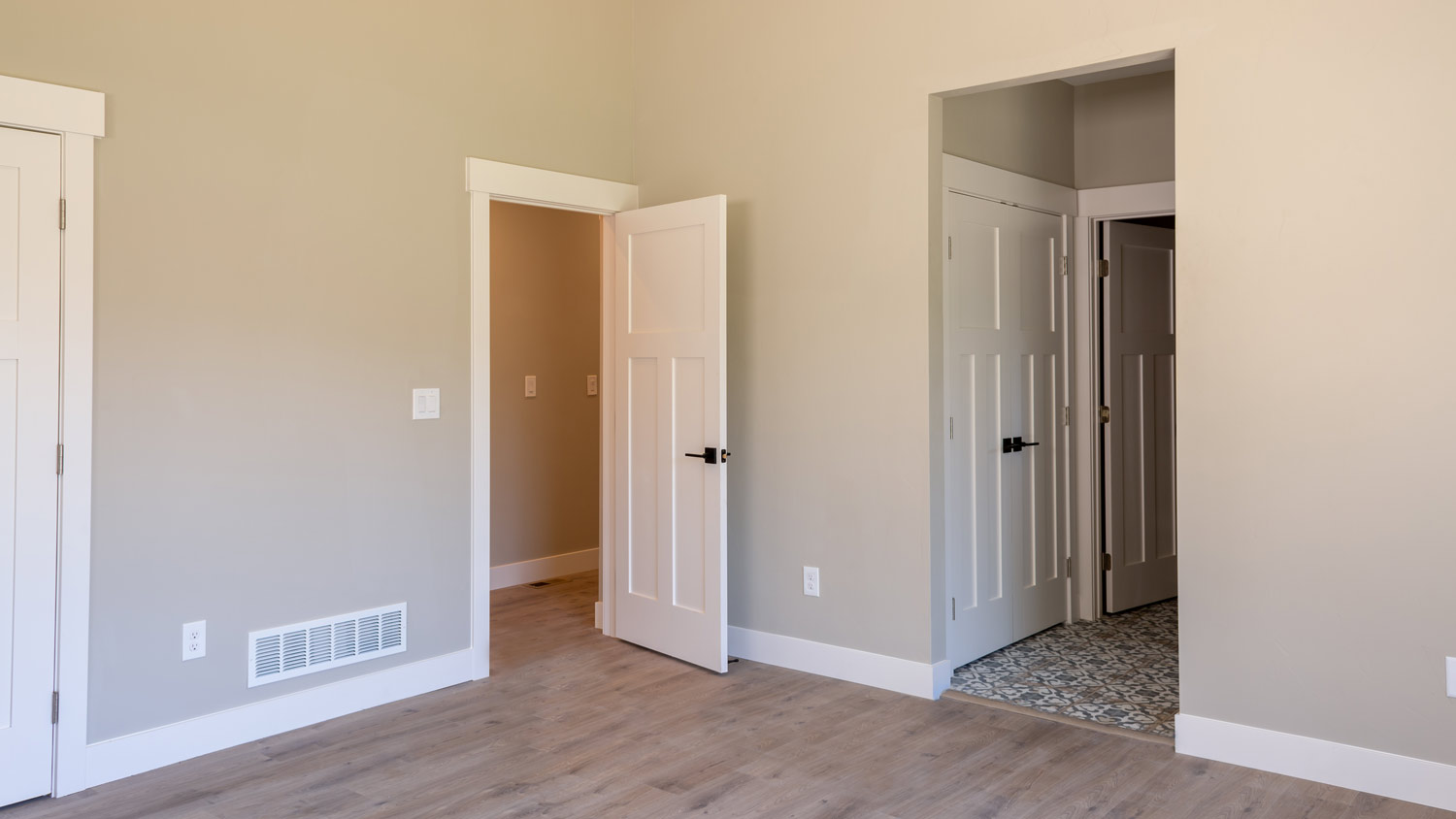
Open doorframes are the standard for interior doors. This type of frame consists of three parts: a head jamb (the top), a hinge jamb, and a latch jamb (the sides). It does not have a sill at the bottom, though most homeowners install a small threshold to hide the seam where the floors meet.
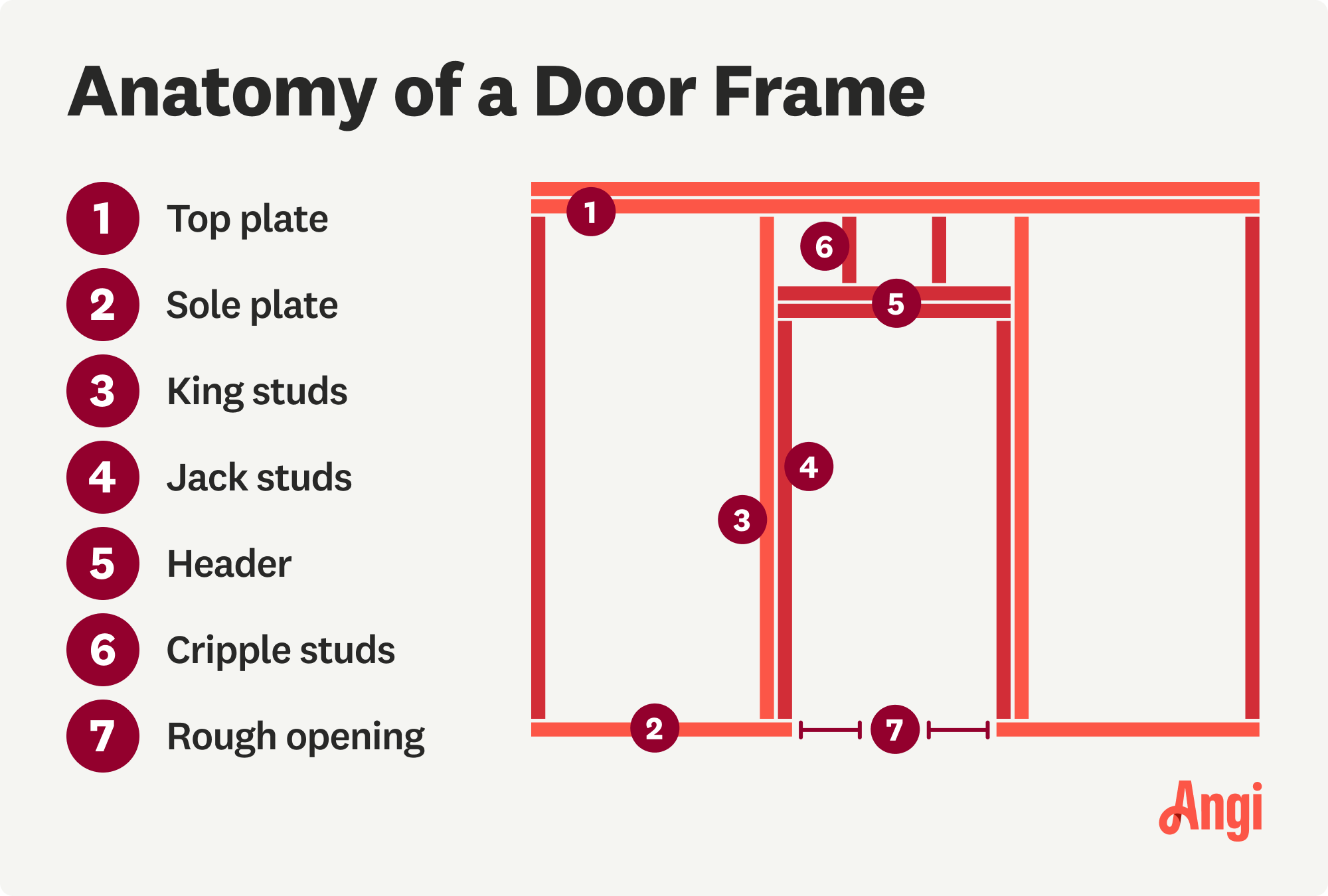
You can choose an interior- or exterior-facing open frame, meaning your door will either swing into or out of the room. The right one depends on the egress.
Where you’ll find them: Interior entryways
Best for: Interior doors
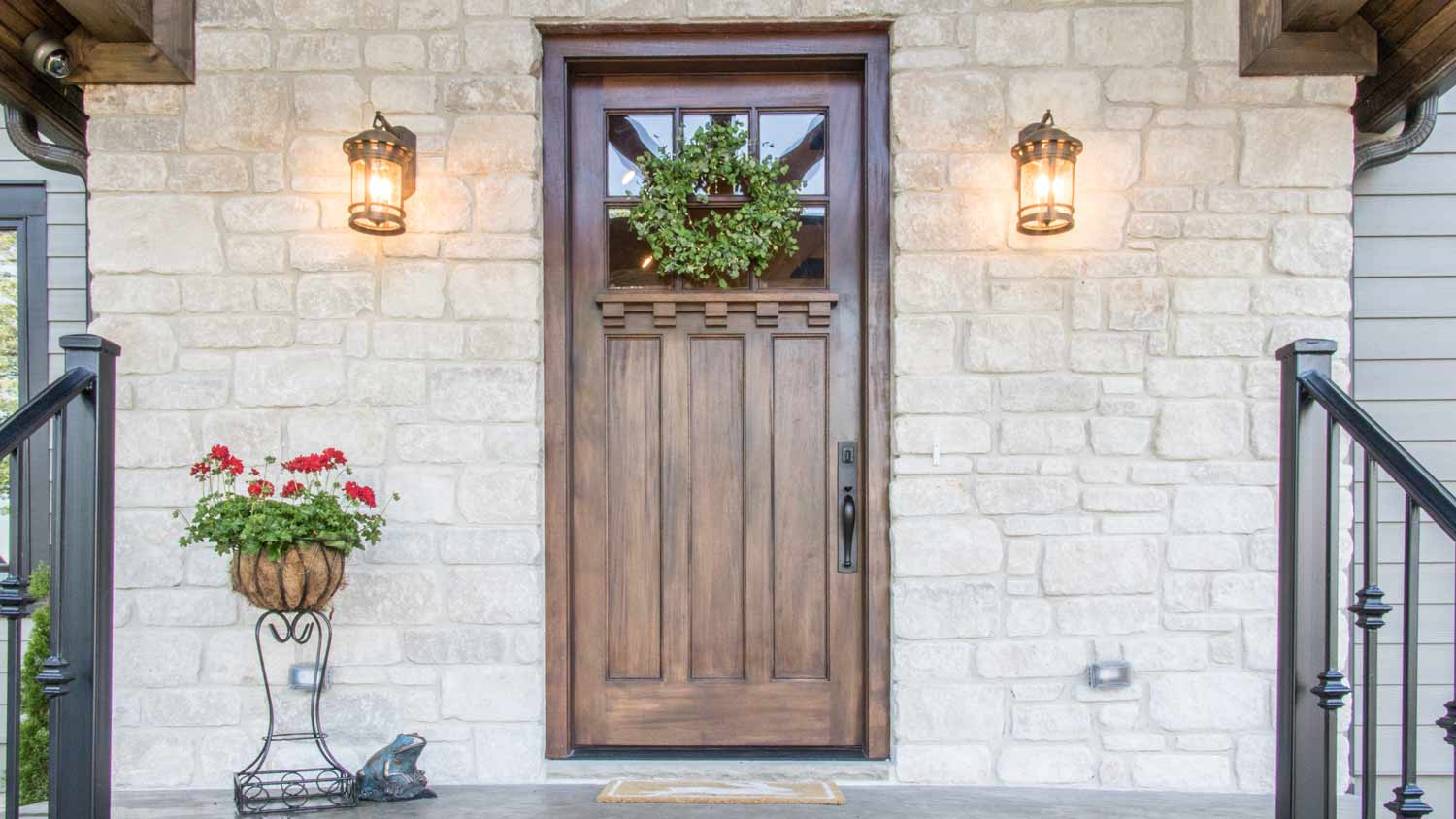
Closed doorframes are the standard for exterior doors. This frame surrounds all four sides of the door, with a sill at the bottom. The sill works with your weather stripping to keep the great outdoors at bay.
These frames are crafted so your door opens inward and the hinges remain inside of the home for more security.
Where you’ll find them: Exterior entryways
Best for: Exterior doors
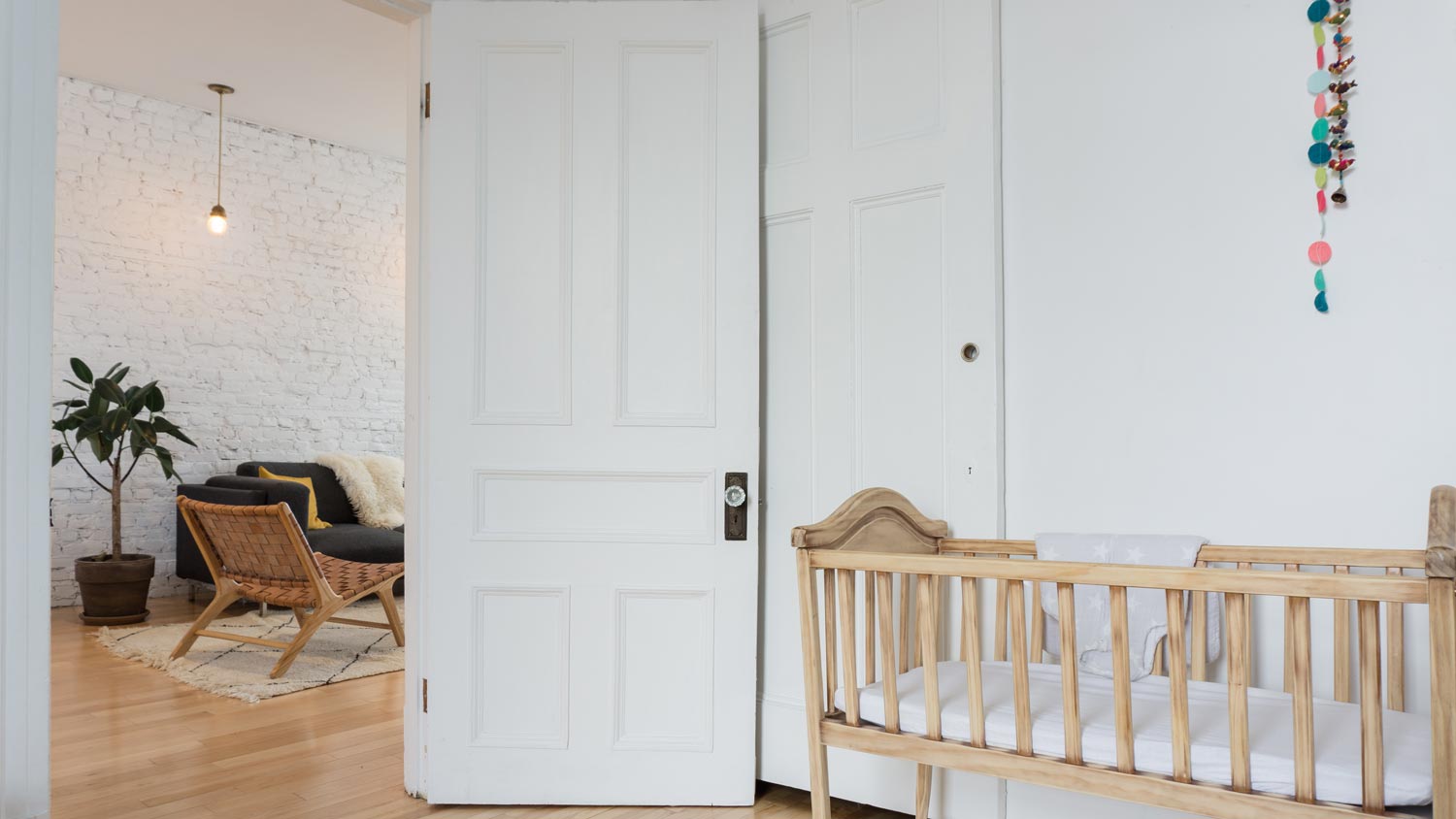
When you think of a doorframe, you’re probably thinking of a single doorframe. This type of frame is the standard, designed to accommodate one door. Though the hardware varies with the type of door, you’ll find the most basic parts of a frame, including the hinge, head, and latch jamb. It has a threshold or sill depending on the design and whether it’s an interior or exterior door.
Where you’ll find them: Bedrooms, bathrooms, basements, porches, patios, and everywhere else that has a standard-sized door
Best for: Single doors
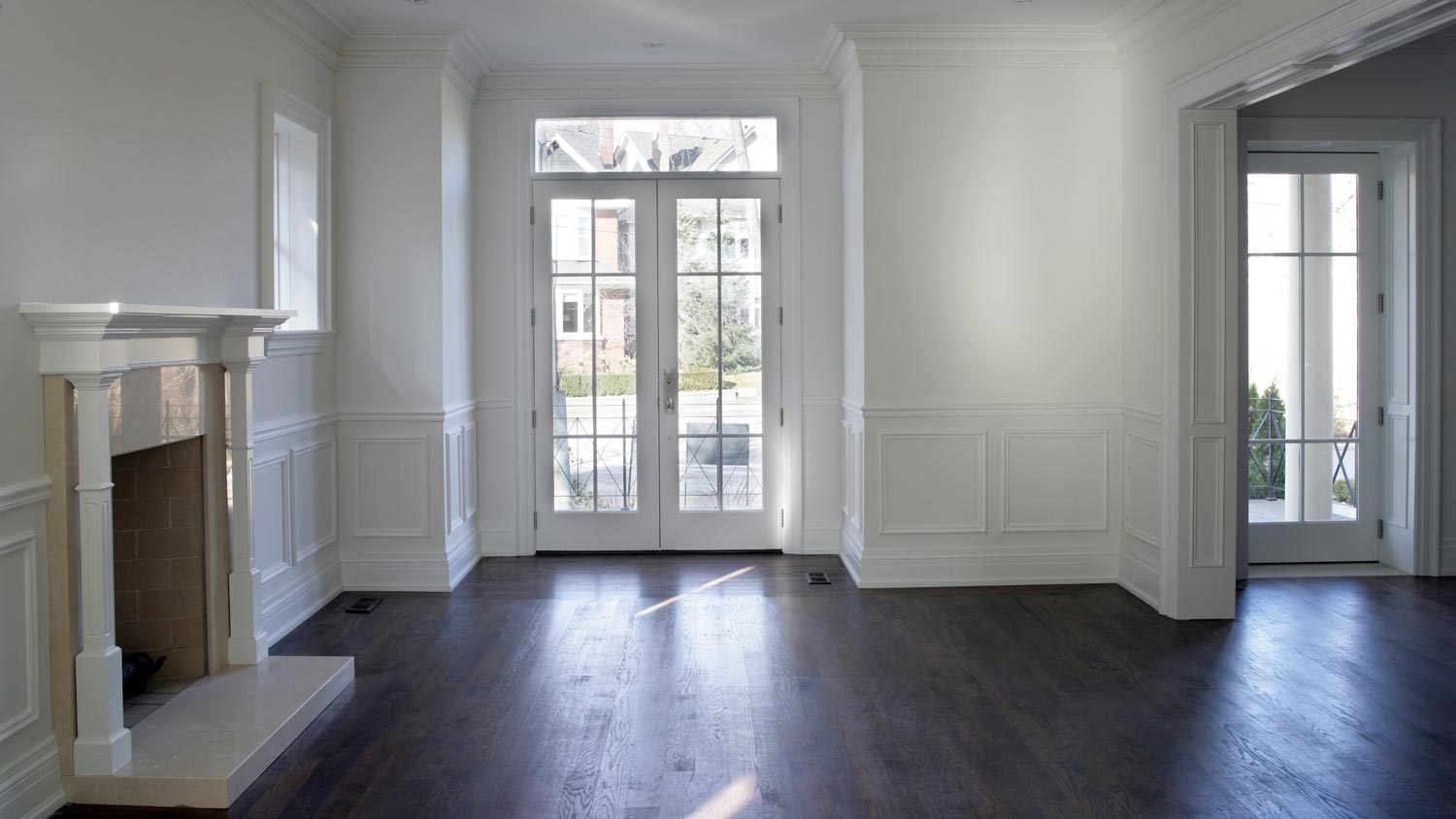
A double doorframe is sized to fit two doors—think French doors or sliding glass patio doors—with a longer head jamb to accommodate the extra width of both doors. You’ll commonly find it in entryways to large rooms, like living rooms or dining rooms, as well as around double exterior doors.
Where you’ll find them: Living rooms, dining rooms, patios, open-concept spaces, front entrances, and other spaces with double doors
Best for: Double doors
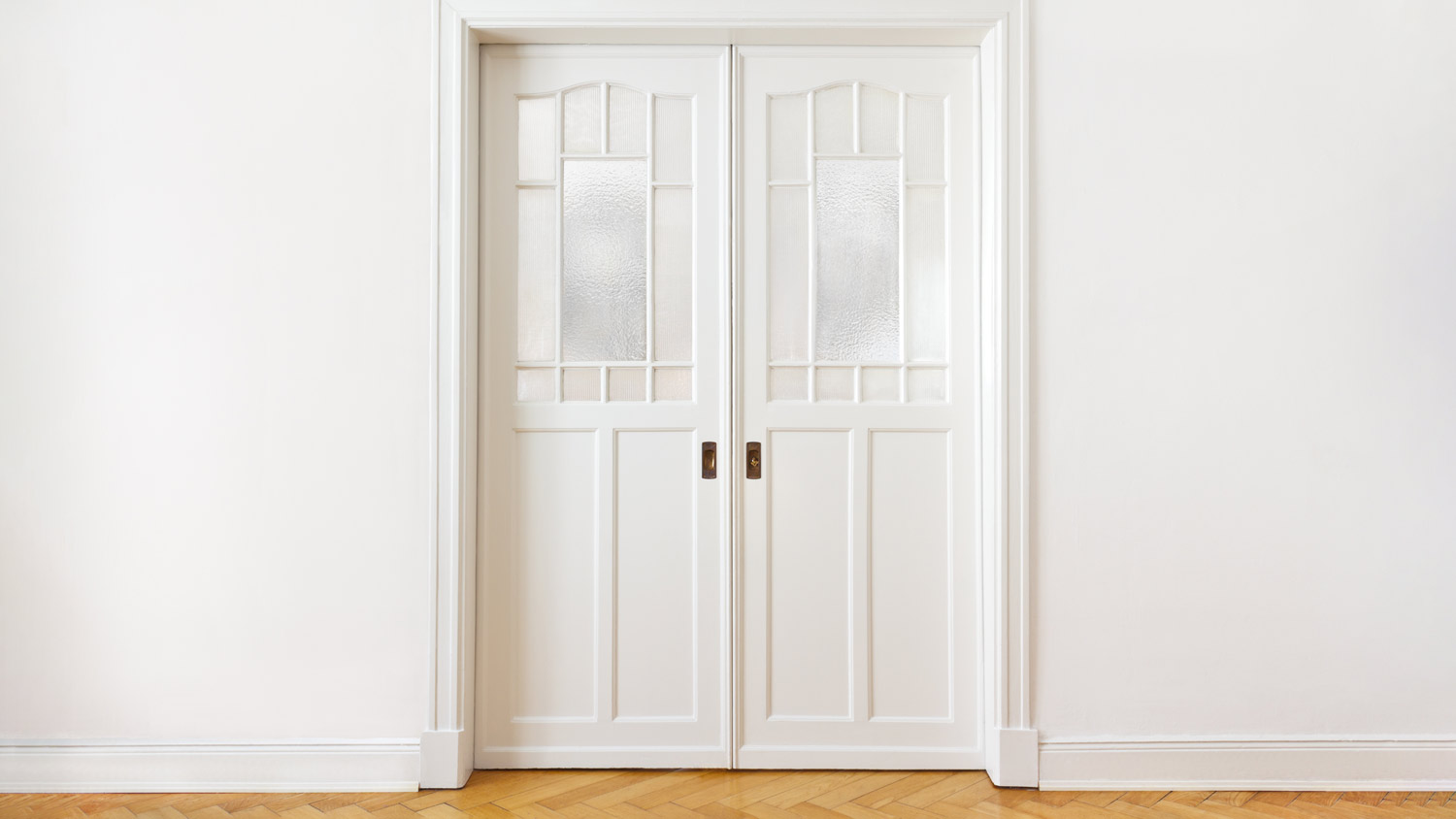
A pocket doorframe is different from a single doorframe because it has a cavity for a sliding door to retract into your wall. The majority of this frame is hidden behind your drywall, and it contains a special split jamb at the entrance to the wall cavity surrounding the door. The back jamb has a bumper that stops the pocket door once it’s in position inside the wall.
Where you’ll find them: Closets, pantries, bathrooms, laundry rooms, studies, and other small rooms
Best for: Pocket doors
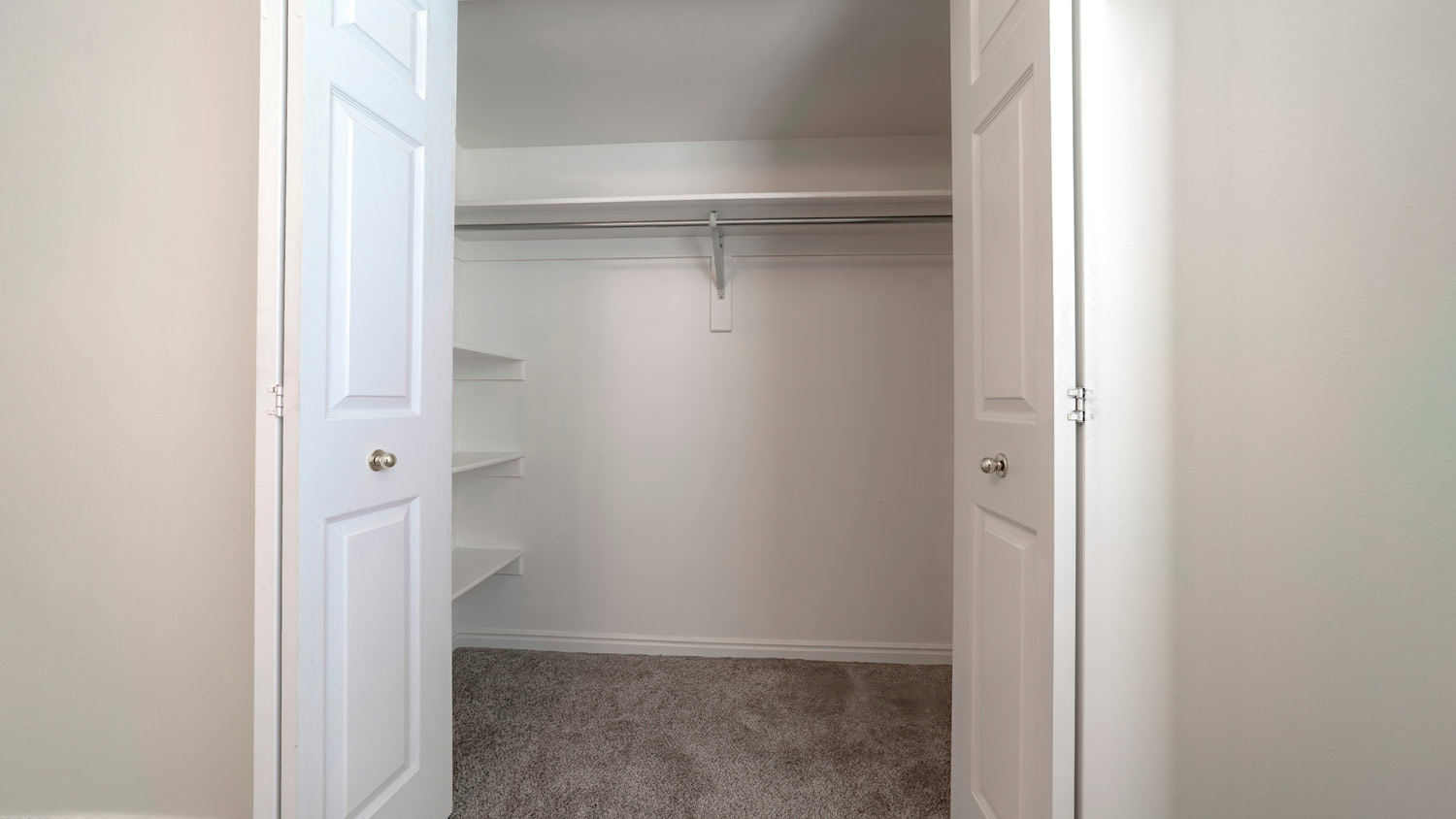
The most common bifold door is 80-by-36 inches, but extra large doors require a special frame. These frames aren't just larger—they can also support the added hardware. You’ll need to install a track and hinges as well.
Some bifold doors come with their own frames. Otherwise, you might need to build the door jambs yourself and make the whole frame custom.
Where you’ll find them: Closets, pantries, bathrooms, room dividers, patios, conservatories, and more
Best for: Bifold doors
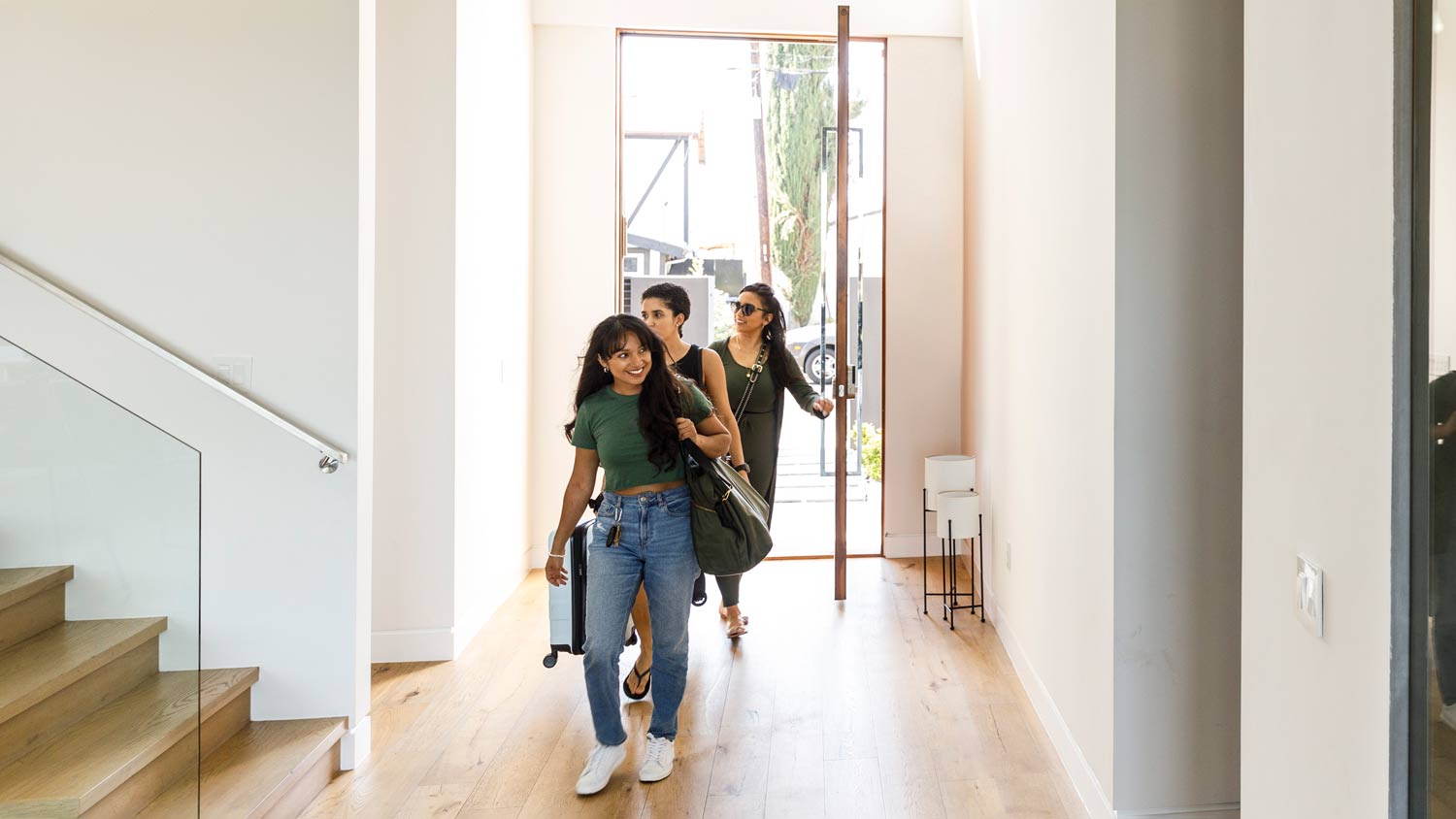
Pivot doorframes are made to accommodate a pivot door and its hardware. These doors are almost like a hybrid between a sliding door and a swinging door. They rotate vertically on a spindle instead of using a hinge.
Pivot doors are commonly larger than standard doors but not quite as large as double doors, so homeowners sometimes need to build a custom frame. You can find pivot doorframes in all different areas of the home, but they’re popular in exterior entryways in modern homes.
Where you’ll find them: Patios, decks, front entryways, or luxury indoor spaces
Best for: Pivot doors
While the standard wood frame may be a go-to for interior doors, there are several types of doorframe materials. To choose the right one, consider what the parts of your door are made from. Certain materials go better with others, like metal frames with heavy glass doors. Here are the most common materials.
Though wood doorframes are losing popularity in recent years, they still remain the classic doorframe material. The truth is that wood allows for beautiful decorative options and tons of customizations, from the stains and finishes to the actual size and design of the door. It can fit virtually any design aesthetic and it’s a great insulator (but not as good as some other materials).
That said, wood can rot and warp, especially as it expands and contracts as seasons change. Nonetheless, wood is a long-lasting material, especially if you hire a local door repair service for maintenance when necessary.
| Pros | Cons |
|---|---|
| Visual appeal | High maintenance |
| Customizable | Can warp with thermal expansion |
| Good sound and heat insulation | Susceptible to termites and rot |
Best for: Interior doorframes
For door repair projects, homeowners most commonly ask us to replace rotted wood on the outside of doors, window sashes, and sills.
Metal, specifically aluminum, is exceedingly common in exterior entryways. You’ll find them around sliding doors, screen doors, and glass doors. They’re also used in commercial settings because they’re fire-resistant and can hold heavier doors. At home, you can enjoy the durability, heat retention, and energy efficiency of a metal frame.
| Pros | Cons |
|---|---|
| High durability and strength | Higher cost |
| Energy efficient | Can collect condensation |
| Fire resistant | Can rust or corrode over time |
Best for: Front entryways and sliding glass doors
If you buy a fiberglass or fiberglass composite door, it comes with a fiberglass frame. This material lends itself to a set-it-and-forget-it mindset. It’s water-resistant, so it won’t warp in when humidity leves are high. It doesn’t require regular painting and sealing like wood. Though fiberglass doors cost more up front than other materials, you’ll save on maintenance costs in the long run.
| Pros | Cons |
|---|---|
| Low-maintenance | High up-front cost |
| High durability | Limited customization options |
| Moisture resistant | Prone to cracking and creaking |
Best for: Homeowners looking for low-maintenance materials
Vinyl doorframes are an affordable option with some energy-efficient properties. Vinyl itself is an excellent insulator, and it won’t rot or become home to pesky insects. This makes it a popular choice for exterior doors, but it can warp with excessive heat or under the weight of a particularly heavy door.
| Pros | Cons |
|---|---|
| Wallet-friendly | Limited color and customization options |
| Water resistant | Prone to fading and warping |
| Energy efficient | The manufacturing process is not eco-friendly |
Best for: Budget-conscious homeowners
When you purchase a composite door, it usually comes with a composite doorframe. These frames are made from a mixture of different materials, depending on the brand. Composite mimics the appearance of wood or metal but isn’t susceptible to issues like rot, corrosion, and pest infestations.
| Pros | Cons |
|---|---|
| High durability | Limited options and customization |
| Low-maintenance | High up-front cost |
| Rot and pest resistant | Prone to creaking and cracking |
Best for: Exterior entryways
From average costs to expert advice, get all the answers you need to get your job done.

The cost to install a pocket door includes a few more line items than other designs. Here's what to expect from pocket door costs at each stage in the process.

The frame is a crucial part of a door’s looks and proper functioning. Here’s how much you can expect to pay to replace a door frame in your home.

Door repairs cost around $250 on average but can range from $50 to $700 depending on the type of door, type of repair, materials, and project scope.

A door that won’t close is a frustrating issue, especially when you just want some privacy. Learn how to fix a door that won’t close with these simple tips.

Installing a strike plate is the last step in your door installation. Learn how to cut out a hole for the door plate in the frame with this simple technique.
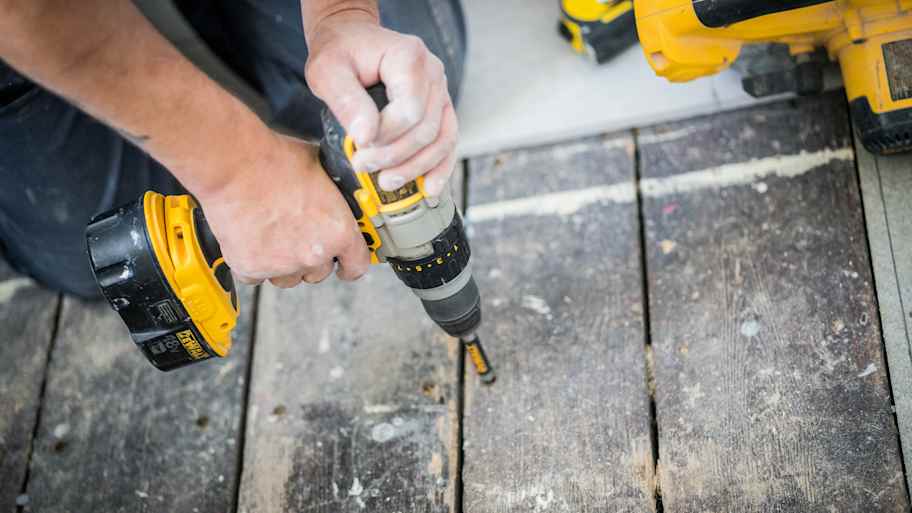
Screen and storm doors offer protection and allow more natural light into your home. Uncover the critical differences between storm doors and screen doors.